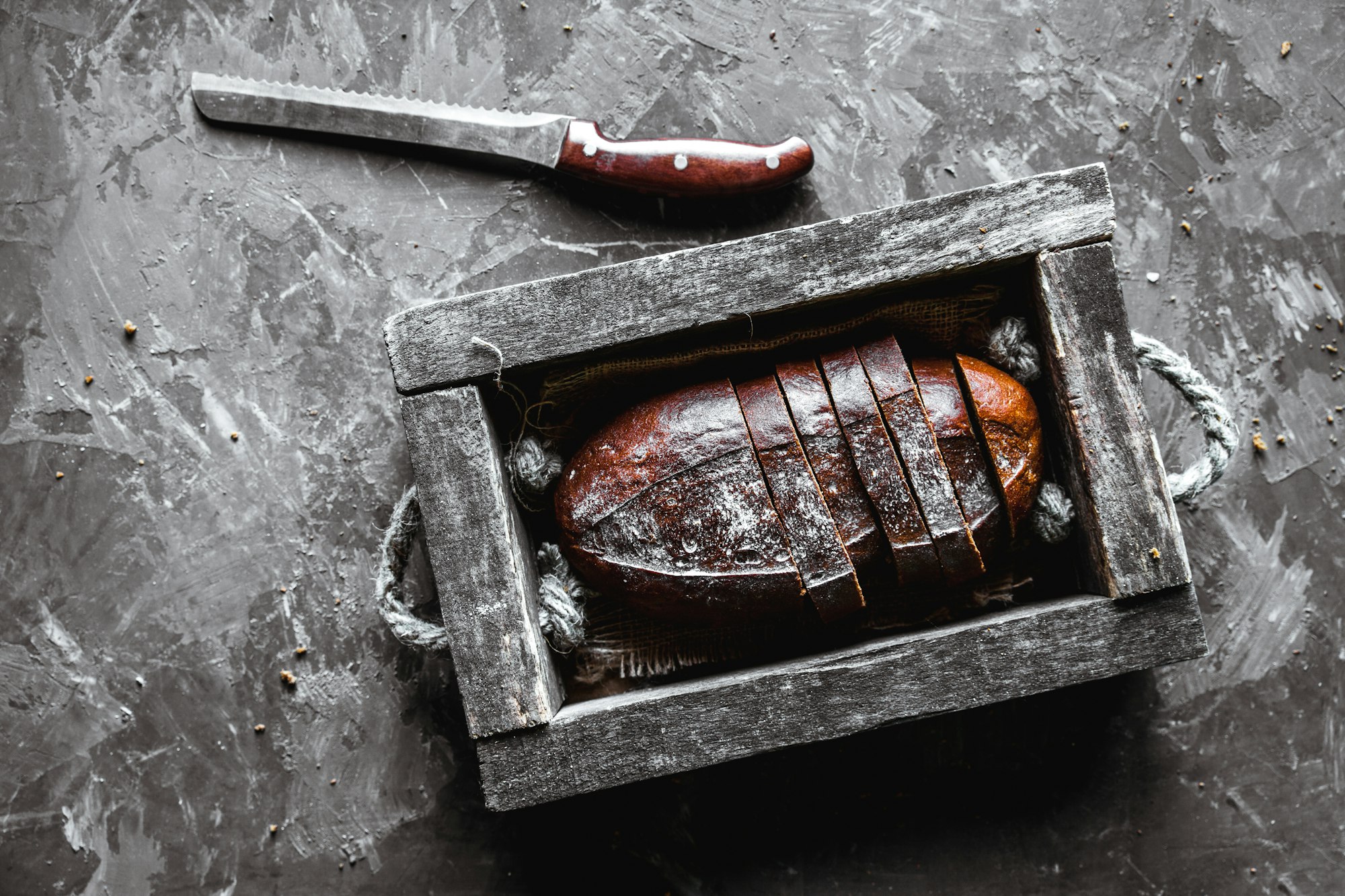The essentials of baking bread at home

Baking bread is a craft as old as civilization itself, a testament to the enduring appeal of a warm, freshly baked loaf. Today, we’ll delve into the process and ingredients that make the best bread, transforming a simple combination of flour, water, yeast, and salt into a flavorful work of art. Whether you’re a seasoned home baker or an absolute beginner, this guide will provide you with the essential information to start baking bread at home.
Understanding Bread Ingredients
The first step in baking any loaf is understanding how its ingredients contribute to the final product. Although bread recipes vary, the four fundamental ingredients remain the same: flour, water, yeast, and salt.
Topic to read : The ultimate chocolate cake: a step-by-step guide
Flour forms the foundation of your bread. Typically, bread flour is the best choice as its high protein content develops strong gluten networks, resulting in a chewy, elastic crumb. Selecting different types of flour, such as whole wheat or rye, can add unique flavors and textures to your bread.
Water hydrates the flour, allowing the yeast to ferment and the gluten to develop. It also contributes to the bread’s crust, texture, and shelf life.
Additional reading : Easy and elegant brunch ideas for any occasion
Yeast, whether in sourdough starter or commercial form, helps your dough to rise by producing carbon dioxide gas during fermentation. The yeast also plays a crucial role in the development of flavor in your bread.
Finally, salt enhances flavor and helps control the yeast’s activity, preventing the dough from rising too quickly.
Bread Making Basics
Once you’ve chosen your ingredients, it’s time to start the baking process. Here are some essential steps in making bread at home.
- Mixing: Start by combining your ingredients. The goal at this stage is to incorporate the flour, water, yeast, and salt and form a rough dough.
- Kneading: Kneading develops the gluten in your dough, giving your bread structure and elasticity. You can knead by hand or use a stand mixer with a dough hook.
- Fermentation: During this stage, also known as the first rise, the yeast ferments the sugars in the dough, producing carbon dioxide gas and alcohol which make the dough rise and contribute to the bread’s flavor.
- Shaping: After fermentation, you shape the dough into a loaf. This process also tightens the gluten network and adds structure to the bread.
- Proofing: Also referred to as the second rise, proofing allows the shaped loaf to rise again before baking, further developing its flavor and texture.
- Baking: The final step is baking the loaf in a preheated oven. Depending on the recipe, the baking temperature and time may vary.
Essential Baking Tools
Having the right tools can significantly enhance your bread-baking experience. Here are some essential tools to consider for your home kitchen.
A Digital Scale: Baking bread is an exact science, and a digital scale provides the accuracy needed for consistent results. You can find a variety of quality digital scales on Amazon.
A Dough Scraper: This tool is indispensable for handling and shaping dough. It’s also useful for cleaning your work surface after kneading.
Bread Pans: Bread pans help shape your loaf and are particularly useful when baking sandwich bread. They come in a variety of sizes and materials.
A Dutch Oven: For baking artisan-style breads, a Dutch oven can create the steamy environment needed for a crispy, golden crust.
An Instant-Read Thermometer: To ensure your bread is baked perfectly, an instant-read thermometer can help you check the internal temperature of your loaf.
Best Recipes for Home Baking
One of the joys of baking bread at home is the endless variety of recipes you can try, from simple white sandwich bread to complex sourdough loaves. Here are a few tried-and-true recipes to get you started.
Basic White Bread: This straightforward recipe is an excellent place to start for beginners. It requires just a few basic ingredients and simple techniques.
Whole Wheat Bread: Adding whole wheat flour to your bread introduces new flavors and textures, as well as added nutrients. This recipe provides a perfect balance between whole wheat’s hearty character and the lightness of white bread.
Sourdough Bread: For those ready to delve into the world of natural leavening, sourdough bread offers a complex flavor profile and a delightful crust. This recipe takes a bit more time and attention but is well worth the effort.
Perfecting Your Bread
While the process of baking bread can seem daunting at first, practice and patience will undoubtedly lead to improvement. As you continue to bake, you’ll develop a sense of how dough should feel and how your bread should look. Remember, even the most seasoned bakers have batches of bread that don’t quite turn out. The beauty of baking bread at home is that there is always another loaf to look forward to, another recipe to try, and another opportunity to create something truly satisfying. So, roll up your sleeves, dust your hands with flour, and get ready to dive into the rewarding world of home baking.
Troubleshooting Common Bread Baking Issues
Despite your best efforts, there may be times when your bread doesn’t turn out as expected. Don’t be disheartened; understanding common baking issues and their causes can help you troubleshoot and improve your bread-making skills.
Dough doesn’t rise: If your dough isn’t rising, your dry yeast might be old or inactive. Always check the expiration date on the package and proof your yeast (mix it with warm water and a pinch of sugar) to ensure it’s active before adding it to your dough. Keeping your dough in a warm environment can also encourage fermentation.
Bread is too dense: This could be due to insufficient kneading, which prevents the development of a strong gluten network. Using a stand mixer can help ensure adequate kneading. Alternatively, it could be a result of over-proofing. Remember to keep an eye on your dough during its rise; it should be doubled in size, not more.
Bread is undercooked: If your loaf is golden on the outside but still doughy on the inside, it may not have been baked long enough. An instant-read thermometer is invaluable here; most bread is done when the internal temperature reaches 190-210°F (88-99°C).
Bread has a thick, hard crust: This might be because your oven is too hot or your bread is baked for too long. Try reducing the oven temperature or baking time. For a softer crust, you could also try baking your bread in a Dutch oven or cast iron pot with a lid to create a steamy environment.
Bread sticks to the pan: To prevent your bread from sticking, make sure to adequately grease your loaf pan. Non-stick pans or stainless steel pans with a good coating of butter or oil usually do the trick. A dusting of flour can also help.
Conclusion: The Joy of Baking Bread at Home
Baking bread at home is a wonderfully rewarding experience. From the sensory pleasure of handling dough, the anticipation during the rise, to the satisfaction of pulling a golden loaf from the oven – every step in the bread-making process is a testament to the simple yet profound joy of creating something with your own hands.
Moreover, homemade bread is not just about the end product. It’s about the journey, the learning, and the joy of sharing. When you bake bread at home, you’re not just making food. You’re creating warmth, happiness, and memories.
So, whether you’re a seasoned baker or just starting out, remember that each loaf of bread you make is a reflection of your love and commitment. And with each loaf, you’re not just feeding your body, but also your soul.
You can find all the essential baking tools like a Dutch oven, a loaf pan, a stand mixer, a stainless steel mixing bowls or a proofing basket on Amazon. Just type ‘bread making tools’ in the search bar and you will have a complete view of Amazon’s selection.
Regardless of the bread recipes you choose or the tools you use, baking bread at home is an adventure. There will be challenges and missteps, but also delicious successes. So, embrace the process, learn from your mistakes, and most importantly, enjoy your homemade bread! After all, the best bread is the one you make yourself. Happy baking!
